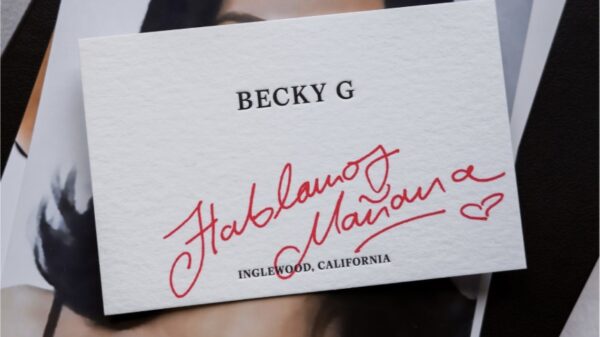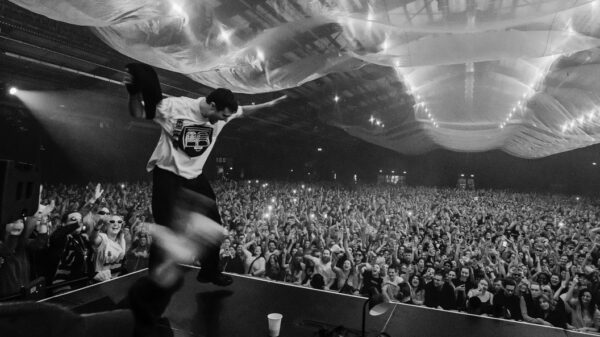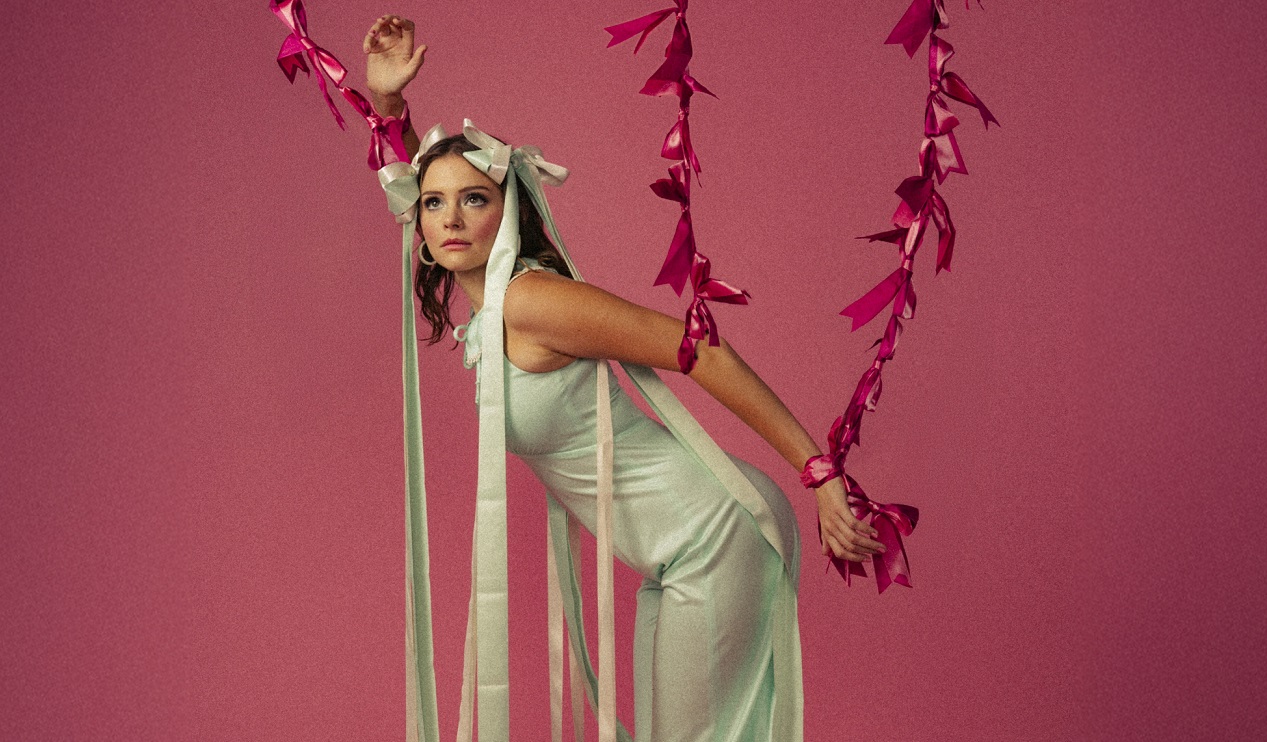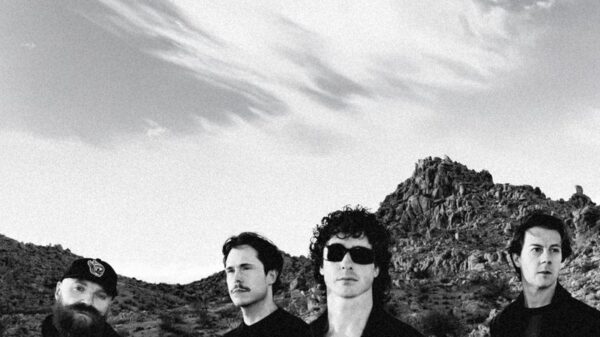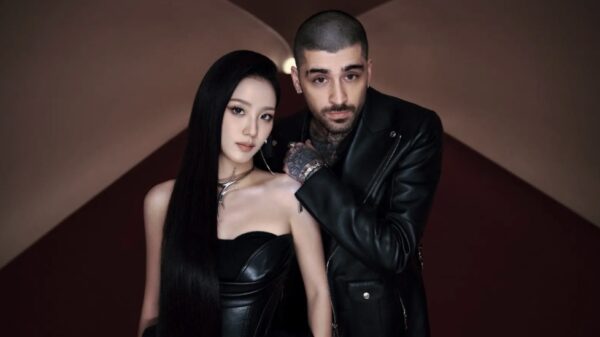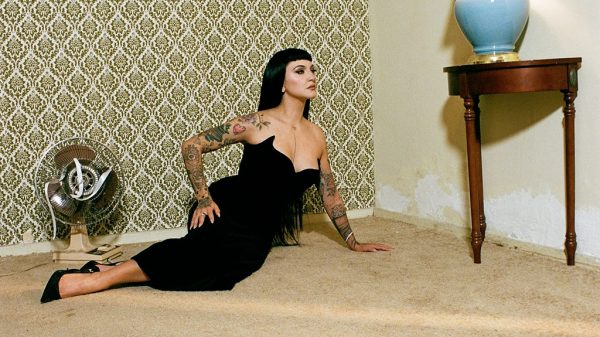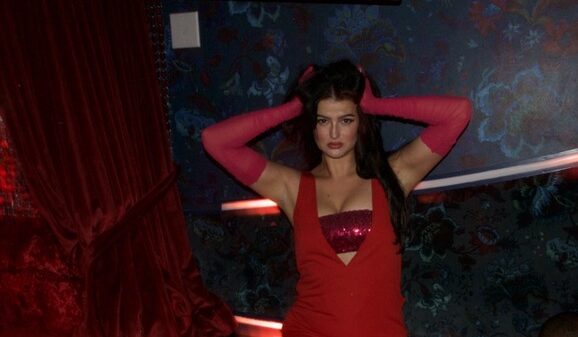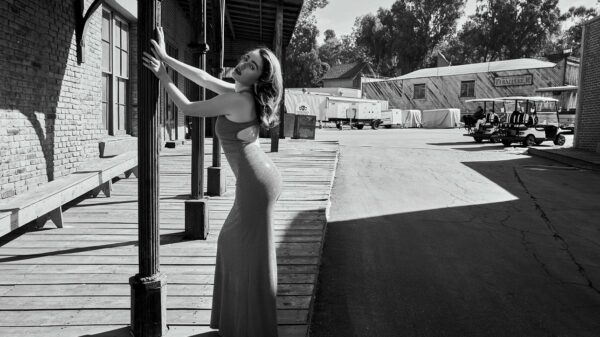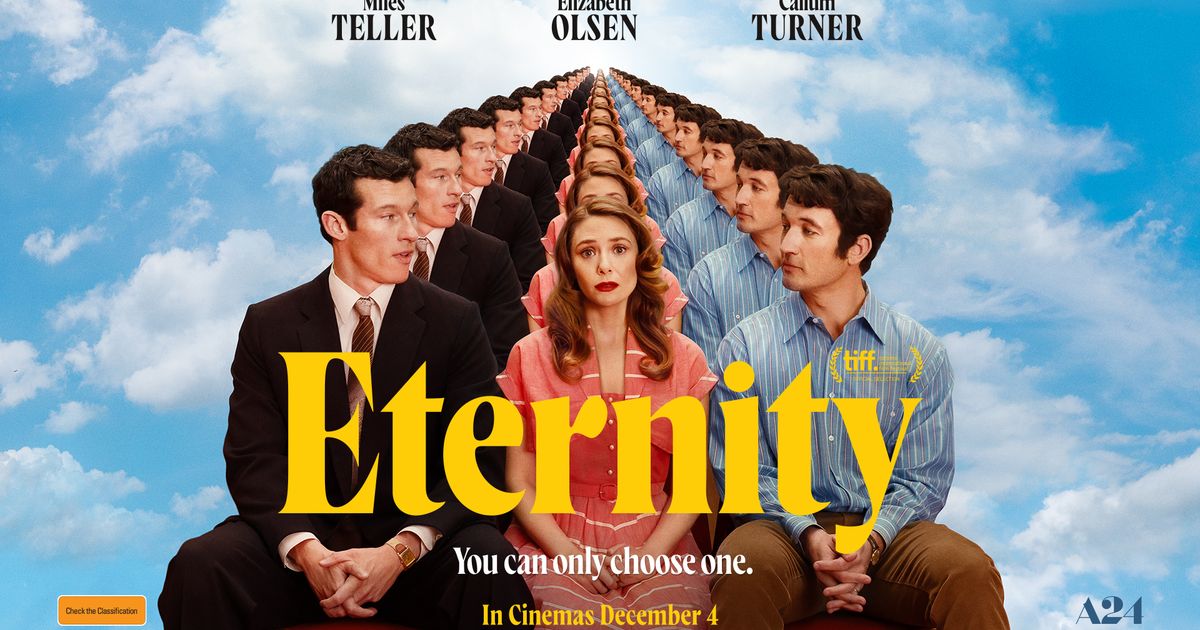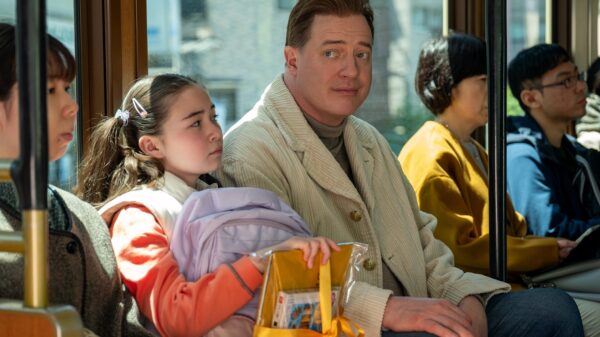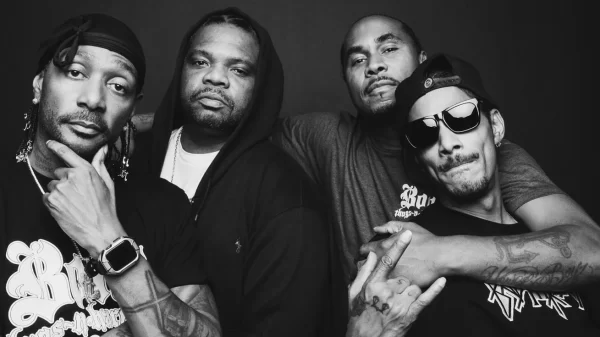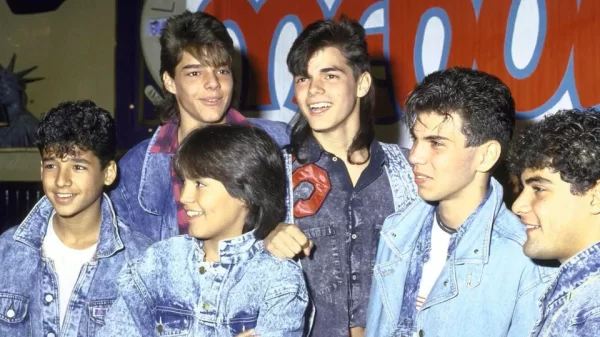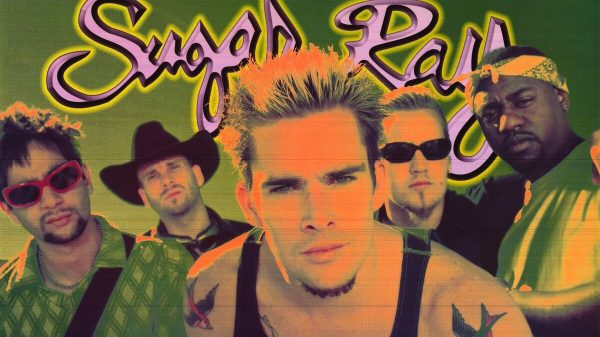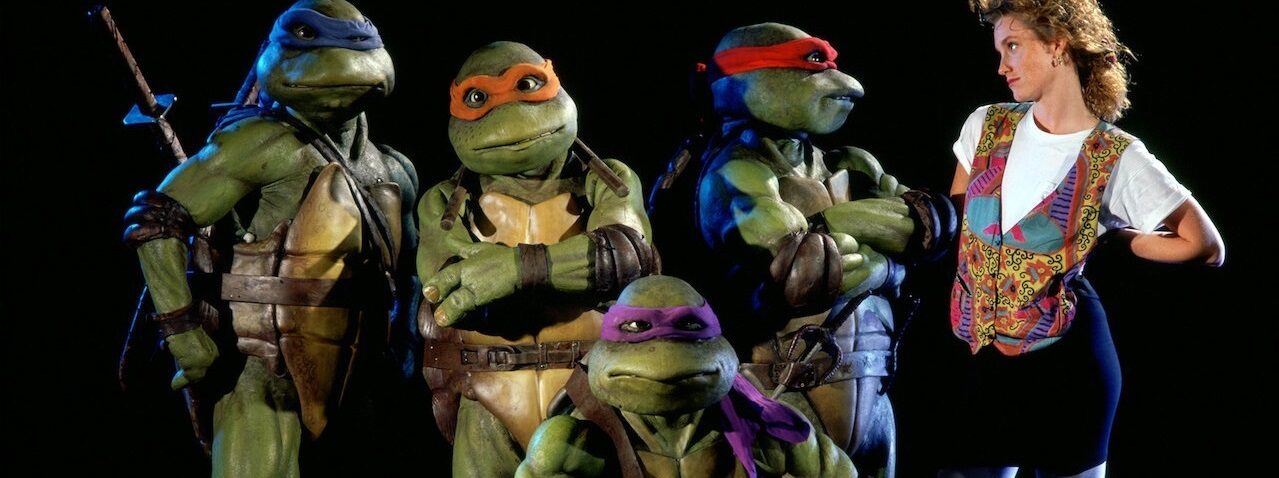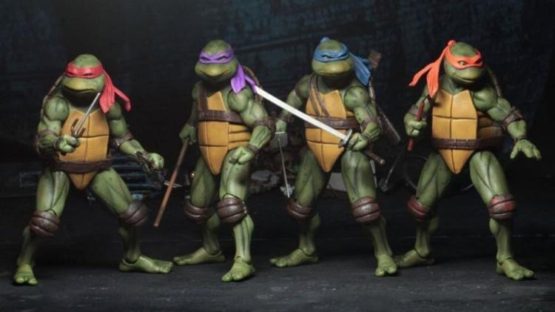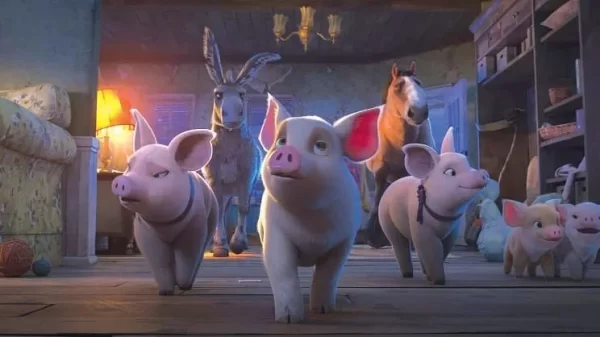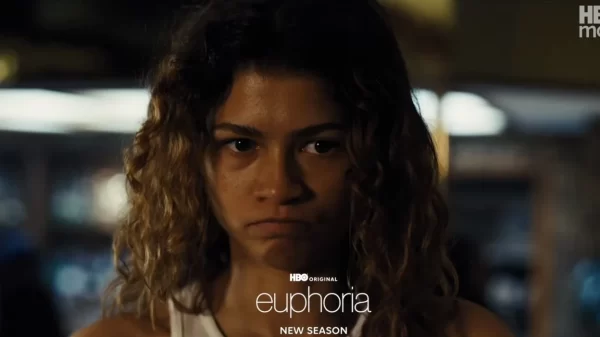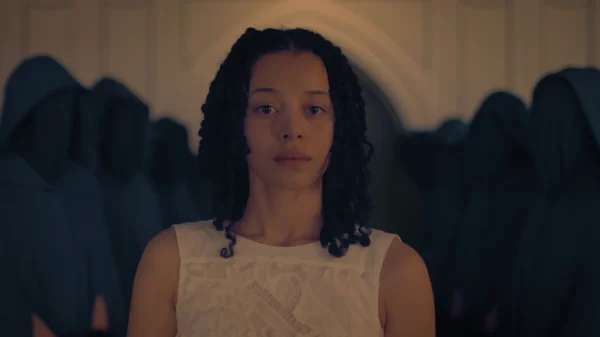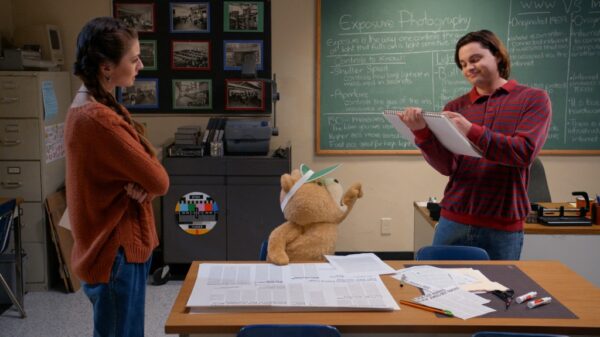By 1990, the Teenage Mutant Ninja Turtles were a phenomenon. They’d lept from the pages of an obscure indie comic book to weekday afternoon television. As such, TMNT was already a popular line of action figures. Naturally, the next step was a live-action movie. The first trilogy of movies went with turtle costumes and animatronic puppets. The Jim Henson Company designed the suits for the first two movie.
The most remarkable thing is not the Jim Henson animatronics, although they are wonderful. It’s that real martial artists could perform choreography in those costumes. It’s far less impressive that newer films could create more “realistic” teenage mutant ninja turtles with CGI.
The film is an action-adventure, centered by four brothers coming of age while battling Shredder and his nefarious Foot Clan. The concept was born out of a laugh, but when the giggles faded, a titanic franchise stood, and while many movies and cartoons have followed in its gargantuan wake, none can compare to the 1990 original.
So how did this obscure idea originate?
A couple of buddies were joking about a roadside turtle strong enough to kick a bus into a tailspin. The image tickled their fancy, and days later, one buddy mutated the turtle into a ninja via a pen and ink sketch. The other friend took a stab with his own design. The friends, Peter Laird and Kevin Eastman loved each others’ dumb jokes a little too much, taking these scribbles to heart and forcing them into a forty-page comic book with a print run of three thousand in 1984. The comic was an instant success; four years later, it was already selling for two-hundred dollars, and today you can find copies floating on eBay for nearly $80,000.
From the comic, came the cartoon, the toys, and then the film. Teenage Mutant Ninja Turtles received mostly ridicule from the suits who guarded the money, but for those that saw the potential behind the title, a mountain of cash awaited. Gary Propper, who was the road manager for the comedian Gallagher, got his hands on the comic book and sensed the cinematic possibilities of the title. Propper took the idea to producer Kim Dawson, and he brought on Bobby Herbeck to concoct a story. Together, they approached Golden Harvest, the studio behind most of Bruce Lee and Jackie Chan’s films.
What began as a six million dollar venture quickly escalated into a thirteen and a half million dollar risk. Director Steve Barron made his bones shooting music videos, and he’s responsible for several iconic early works of the medium, including A-ha’s “Take on Me” and Michael Jackson’s “Billie Jean.” Previously, he shot the pilot episode for Jim Henson‘s The Storyteller, which encouraged the master puppeteer to lend his expertise toward the film’s crucial animatronic artistry despite his objections to the violent nature of the screenplay.
When the film finally landed in theaters on March 30, 1990, audiences, already primed on the cartoons and action figures, went mad for the adaptation, shelling out $200 million by the end of its box office run. However, Teenage Mutant Ninja Turtles is not some kiddie cash-in (the sequels can claim that crown). The film is made by artists who deeply respected the source material and worked tirelessly to bring you an authentic experience starring a quartet of immature, martial arts badasses with a penchant for pizza. Barron loved the weirdos splattered on Eastman and Laird’s pages, and he wanted you to love them too.
The work committed by The Jim Henson Company is simply stunning and puts the bulky CGI brutes of the most recent adaptation to horrendous shame. These turtles not only come alive through their suits, but the magic and philosophy fostered by Henson through his puppeteers, as well as the other actors who surround them. Give a big “Bravo” to Judith Hoag and Elias Koteas as Turtle sidekicks April O’Neil and Casey Jones. This movie still stands as the best of all the TMNT adapations.
neillfrazer@hotmail.com

